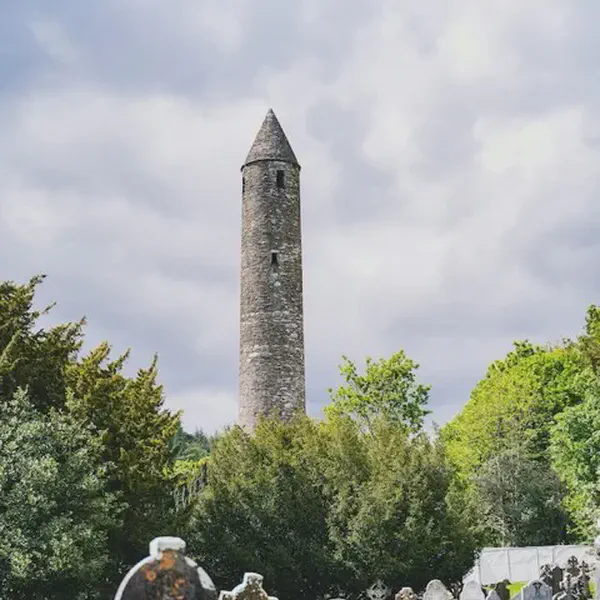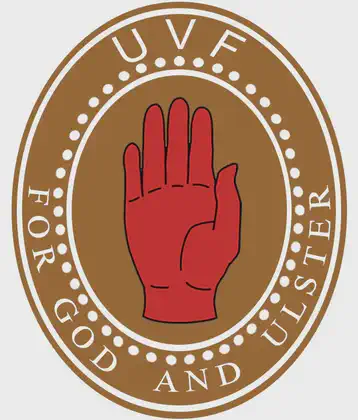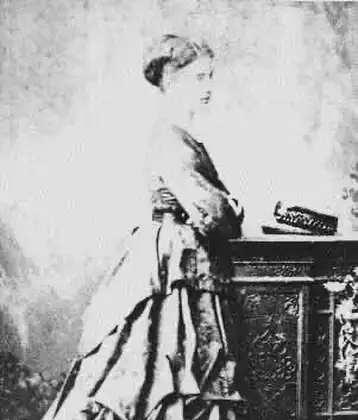On January 31, 1800 in Celtic History
William pitt, the younger, prime minister of britain, advocates the union of britain and ireland

William Pitt the Younger, who became the youngest Prime Minister of Great Britain in 1783 at the age of 24, played a pivotal role in advocating for the union of Great Britain and Ireland. This advocacy culminated in the Acts of Union 1800, which led to the creation of the United Kingdom of Great Britain and Ireland on January 1, 1801.
Political Context
Pitt’s advocacy for the union came in the wake of the Irish Rebellion of 1798, which was inspired by the American and French Revolutions. This rebellion highlighted the fraught relationship between Ireland and Britain and the instability of the existing arrangement.
Motivations for Union
Pitt and other British leaders saw the union as a way to stabilize Ireland, integrate it more closely with Britain, and reduce the influence of the French, particularly after the French Revolutionary Wars. There was also a belief that a union would be beneficial for trade and economic growth in both countries.
Pitt’s Vision
Pitt envisioned the union as a means to not only strengthen the political and economic ties but also to address some of the religious inequalities in Ireland. He hoped that the union would lead to Catholic Emancipation, meaning that Roman Catholics would be allowed to hold public office, which was not permitted at the time.
The Act of Union
Pitt’s government drafted the Acts of Union, which were passed by both the British and Irish parliaments. These acts abolished the Irish Parliament, bringing Ireland under the control of the British Parliament in London. Ireland was granted representation in the British Parliament, and the Anglican Church of Ireland was united with the Church of England.
Catholic Emancipation and Resignation
Despite his intentions, Pitt was unable to immediately secure Catholic Emancipation following the union. King George III opposed the idea, believing it would violate his oath to maintain the Protestant faith. Pitt’s failure to deliver Catholic Emancipation led to his resignation in 1801.
Legacy of the Union
The union, while achieving political and administrative consolidation, did not resolve many of the underlying social and religious tensions in Ireland. The issue of Catholic Emancipation was only addressed in 1829, and the union itself remained a contentious issue, eventually leading to the partition of Ireland and the creation of the Irish Free State in 1922.
Pitt’s role in advocating for the union between Great Britain and Ireland
was a defining moment in his political career and had lasting implications for the history of the British Isles. His vision of a united kingdom that included Ireland was driven by both pragmatic concerns over security and stability, and a genuine belief in the potential benefits of political and economic integration. However, the complexities and deep-rooted issues in Ireland, particularly around religious rights and national identity, meant that the union was fraught with challenges from the outset.
Pitt’s inability to immediately secure Catholic Emancipation was a significant setback and contributed to the ongoing tensions and divisions in Ireland. The impact of the union, and its eventual dissolution in the early 20th century with the establishment of the Irish Free State, continued to shape the political landscape of both Britain and Ireland for many years.
Overall, William Pitt the Younger’s advocacy for the union of Britain and Ireland is remembered as a key moment in the history of the United Kingdom, reflecting the era’s political dynamics and the challenges of governing a diverse and divided empire.
More From This Day

The Princess Victoria, a British Railways car ferry steamer, sinks in the Irish Sea
January 31, 1953


